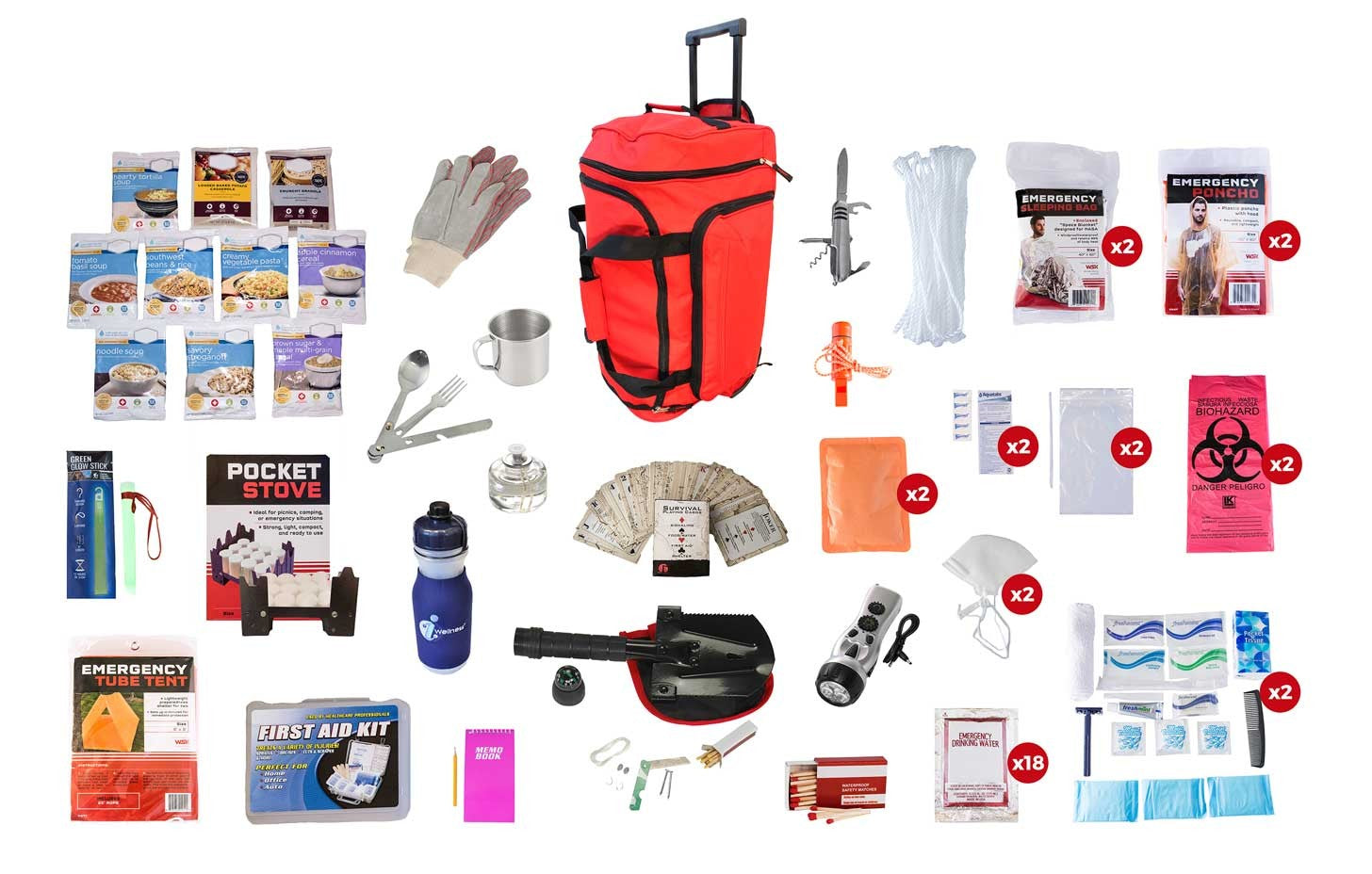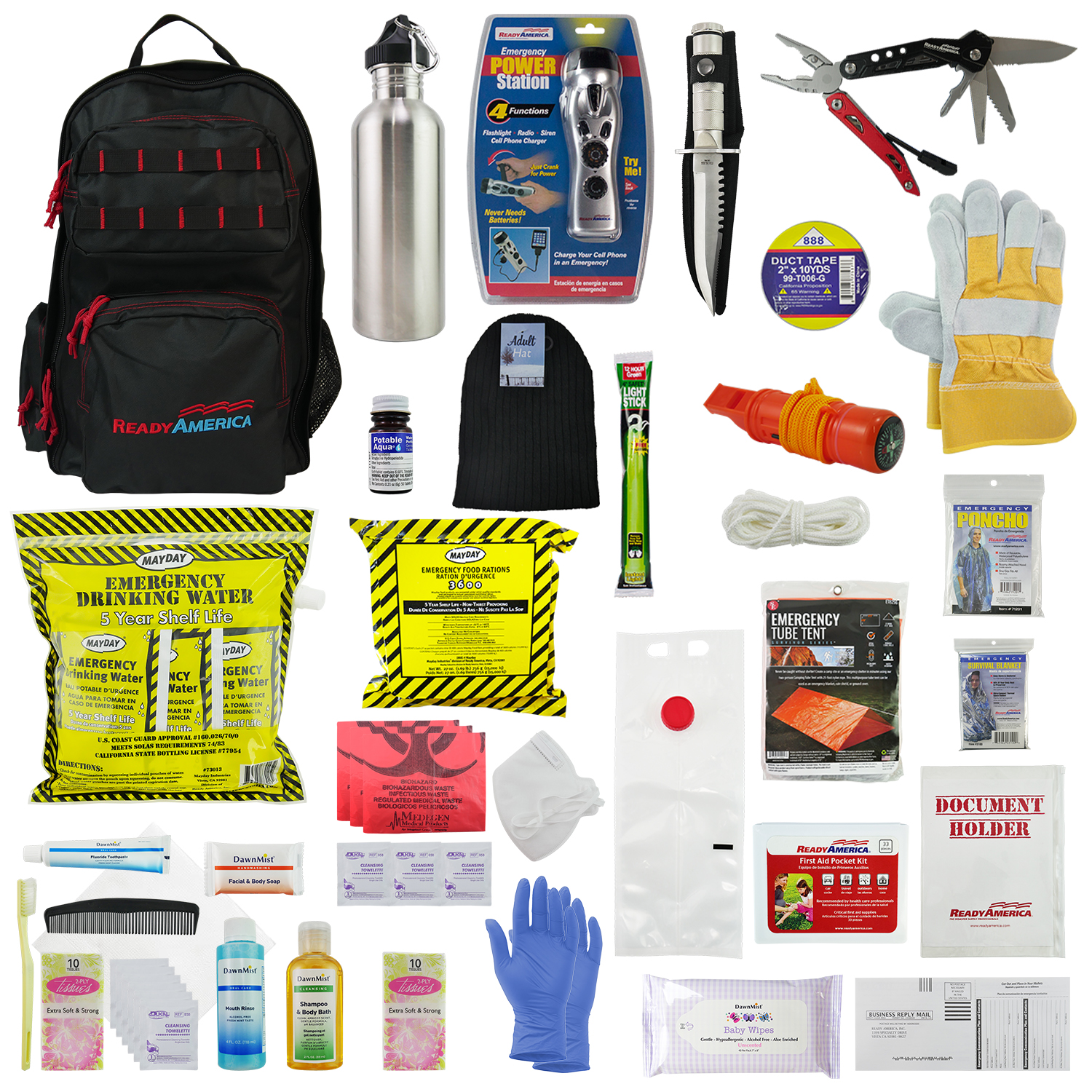Be Ready for Anything: Emergency Preparedness Tips for Every Situation
Be Ready for Anything: Emergency Preparedness Tips for Every Situation
Blog Article
Just How to Create a Detailed Emergency Readiness Plan
In the world of preparedness, creating a comprehensive emergency situation plan is not simply a task to inspect off a list; it is a necessary foundation of any type of company or individual's resilience strategy. By diligently crafting a plan that deals with numerous elements of emergency situation management, including danger assessment, interaction protocols, resource appropriation, and tactical decision-making, one can lay a solid structure for safeguarding properties, lives, and procedures.
Relevance of Emergency Situation Readiness
Emergency situation readiness is critical for alleviating prospective risks and ensuring the safety and security of areas and individuals. In today's globe, where all-natural disasters, public wellness dilemmas, and various other emergencies can strike without warning, being prepared can make a considerable distinction in decreasing the impact of these events. By having a well-balanced emergency situation preparedness strategy in place, people and organizations can respond successfully, protect lives, and minimize building damage.
One of the primary reasons that emergency situation readiness is essential is its duty in saving lives. When emergency situations happen, having a strategy that details clear procedures for emergency, communication, and discharge reaction can help individuals act promptly and emphatically. This can stop injuries and deaths by ensuring that people recognize what steps to require to stay safe
In addition, emergency situation preparedness boosts the resilience of neighborhoods. By fostering a culture of readiness and preparation for different scenarios, areas can get better faster from disturbances and catastrophes. This strength is crucial for maintaining stability, connection of procedures, and general well-being in the face of adversity.
Assessing Prospective Threats
Taking into consideration the importance of being gotten ready for unanticipated events, the initial action in developing an efficient emergency readiness plan entails completely reviewing and examining possible threats. This evaluation calls for an extensive evaluation of all possible dangers that might influence the organization, considering factors such as place, sector, and historic data on incidents. By recognizing these risks, organizations can prioritize their preparedness initiatives and designate sources successfully to reduce one of the most considerable threats.
Usual risks that organizations may deal with include all-natural catastrophes like typhoons, quakes, or floods, technical dangers such as power blackouts or information breaches, as well as human-caused threats like mishaps or intentional acts of physical violence. Carrying out a threat evaluation also entails thinking about the potential influence of these events on the company's operations, employees, clients, and credibility. By performing an extensive risk analysis, organizations can establish tailored emergency situation response strategies that resolve their certain vulnerabilities and make sure effective readiness for any prospective situation.
Creating an Interaction Strategy
Creating a clear and extensive interaction plan is essential for efficient emergency situation preparedness within organizations. In times of situation, communication plays an important role in making sure the safety and wellness of staff members, stakeholders, and the area. A well-thought-out interaction plan must lay out clear lines of communication, assign vital employees responsible for communication jobs, and develop methods for distributing details quickly and accurately.
One secret facet of developing a communication strategy is identifying main and alternating interaction channels (EMERGENCY PREPAREDNESS). These can consist of email, text messaging, phone trees, social media sites platforms, and public address systems. It is critical to guarantee that these channels are trusted, obtainable, and regularly evaluated to ensure their effectiveness throughout emergency situations

Structure an Emergency Set
Provided the important importance of readiness in times of situation, a key component that organizations should resolve is the facility of an emergency kit. An emergency situation set functions as an essential resource that can help alleviate the influence of unanticipated events, guaranteeing that necessary products and devices are readily offered when required most. When putting together an emergency package, it is necessary to think about the details demands and scenarios of the organization. Fundamental products such as water, non-perishable food, initial help materials, flashlights, batteries, and a battery-powered radio are fundamental elements of any type of emergency situation set. In addition, companies need to consist of vital papers, such as call listings, insurance coverage details, and emergency situation response strategies, in water resistant containers within the set. Consistently reviewing and updating the contents of the emergency situation package is necessary to make sure that products are functional and existing. By proactively constructing and preserving an emergency kit, companies can boost their readiness to effectively reply to crises and protect their properties and personnel.
Developing Evacuation Treatments
To make certain the security and orderly discharge of personnel during emergency situations, companies should develop efficient and clear evacuation procedures. Emptying treatments ought to include an array of prospective situations, consisting of fires, natural catastrophes, or various other emergency situations that require speedy evacuation.

Furthermore, organizations must establish a system for audit for all employees during a discharge to ensure that everyone has actually safely exited the facilities. Communication plays an important duty in discharge treatments, with clear instructions on just how to leave and when to do so. Regular evaluation and upgrading of discharge treatments based upon feedback and changing situations this contact form are vital to preserving the efficiency of the strategy.
Verdict
To conclude, establishing a thorough emergency situation readiness strategy is essential for guaranteeing the security and wellness of people in case of a calamity (EMERGENCY PREPAREDNESS). By examining prospective risks, producing a communication plan, constructing an emergency situation kit, and developing discharge organizations, procedures and individuals can be much better furnished to respond successfully to emergencies. It is very important to prioritize readiness initiatives to alleviate the effect of calamities and safeguard lives and residential property
In the world of preparedness, creating a comprehensive emergency situation strategy is not merely a job to inspect off a listing; it is a necessary foundation of any company or individual's resilience approach. When emergencies take place, having a strategy that details clear treatments for discharge, interaction, and emergency situation feedback can assist individuals act swiftly and emphatically. recommended you read. By conducting a comprehensive danger evaluation, companies can develop tailored emergency situation feedback strategies that address their specific vulnerabilities and guarantee efficient preparedness for any type of prospective dilemma
Establishing a thorough and clear communication plan is important for effective emergency situation readiness within organizations. By evaluating prospective risks, creating an interaction strategy, constructing an emergency situation kit, and establishing emptying companies, procedures and people can be much better equipped to react properly to emergency situations.
Report this page